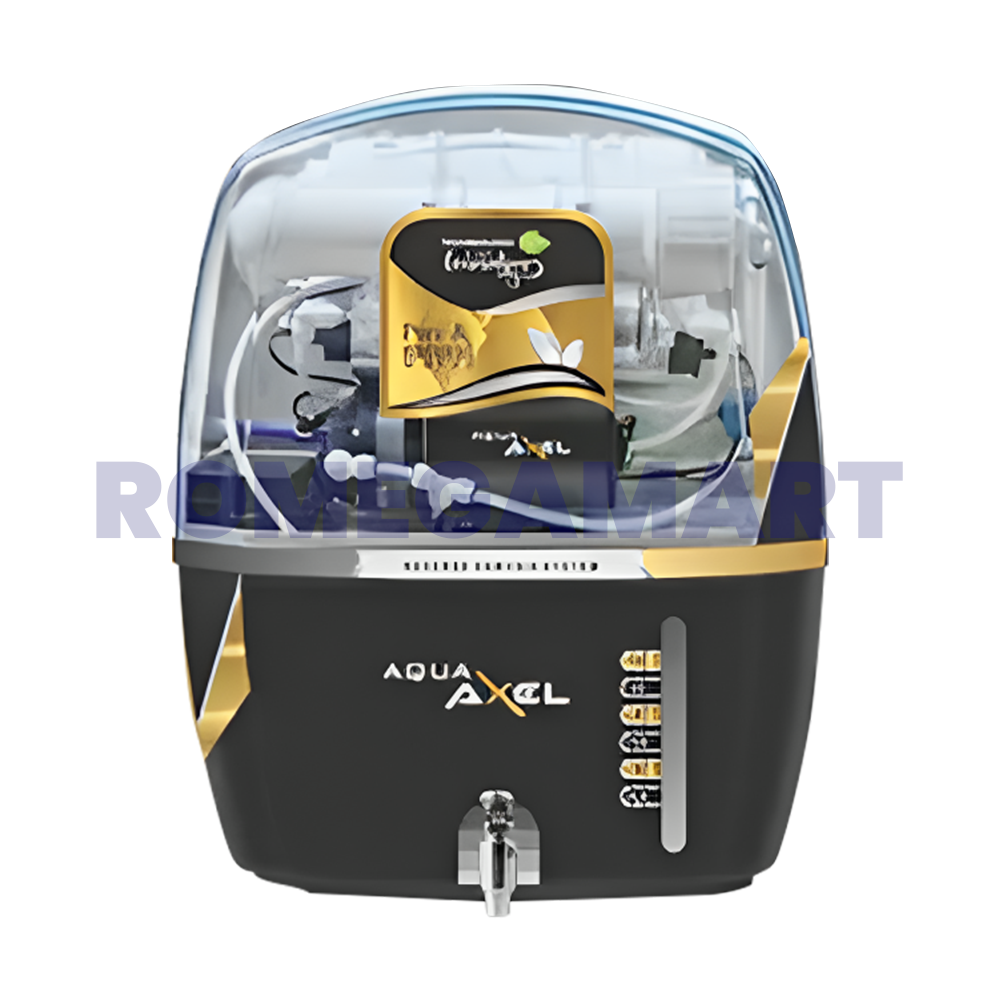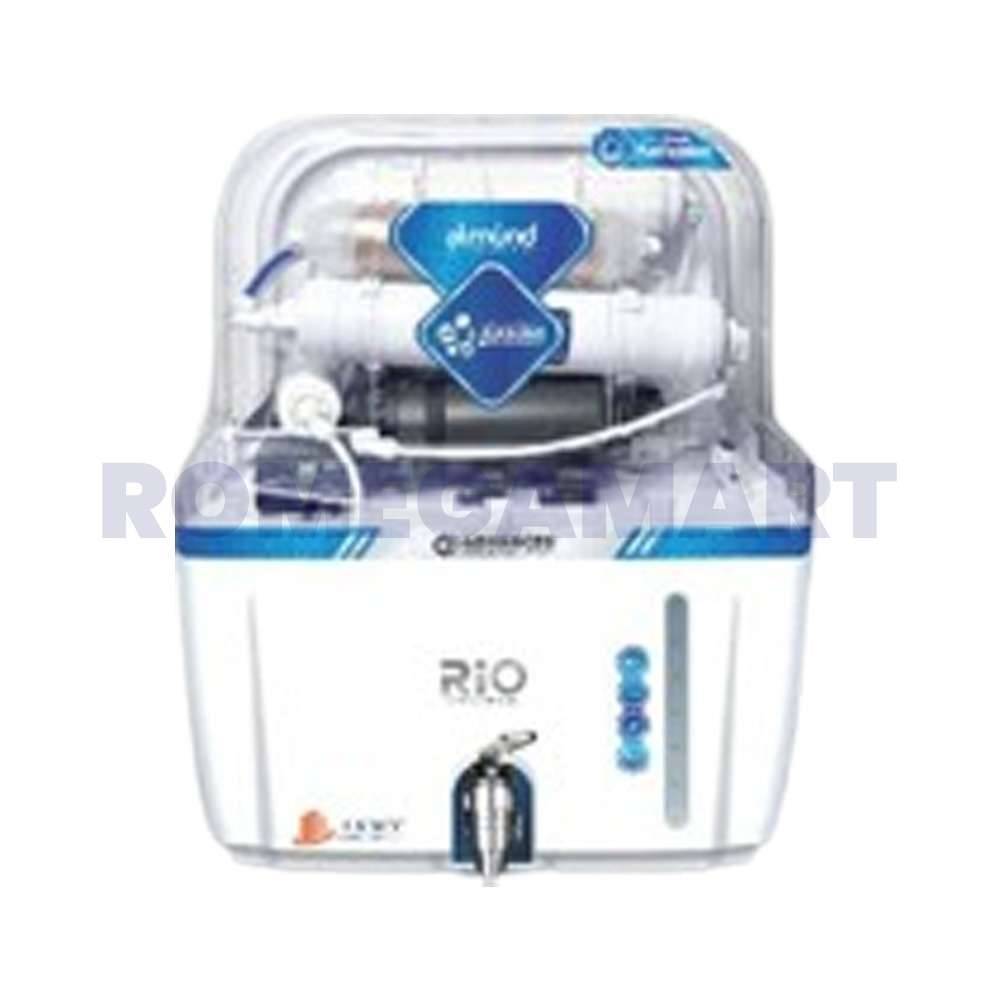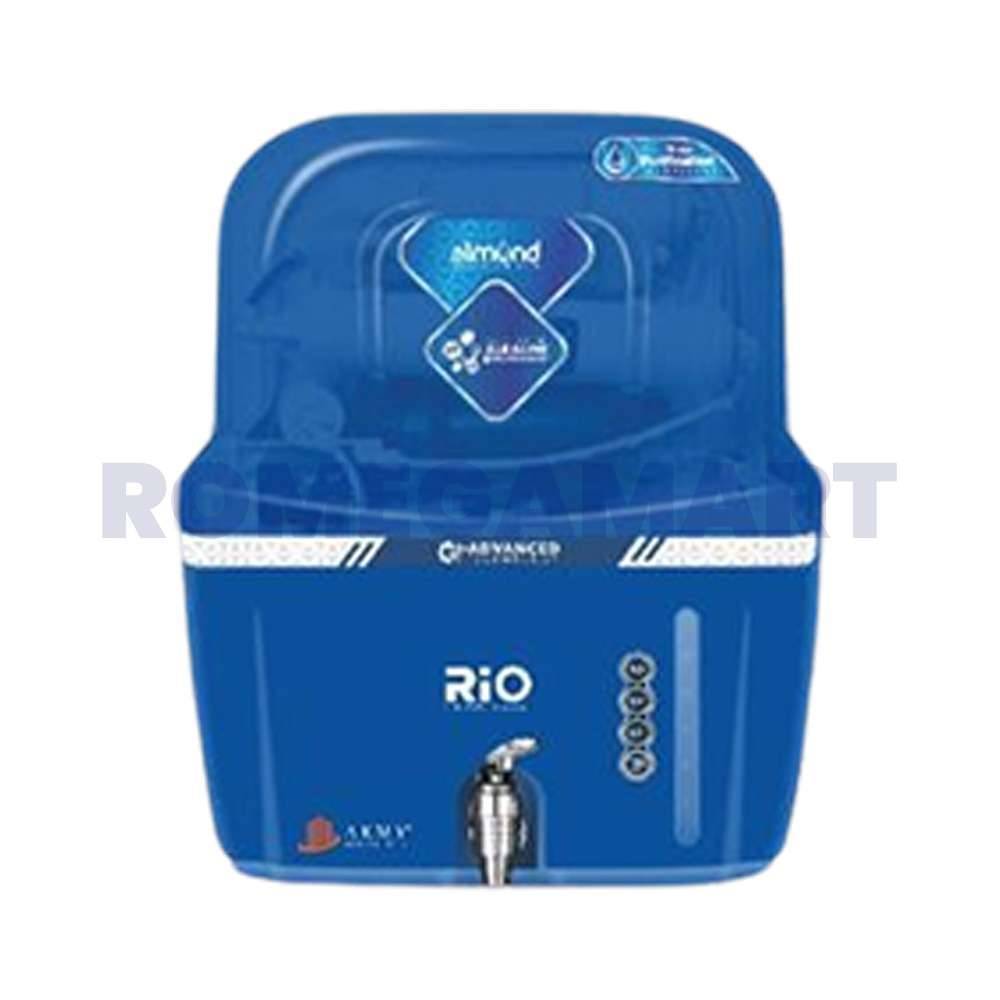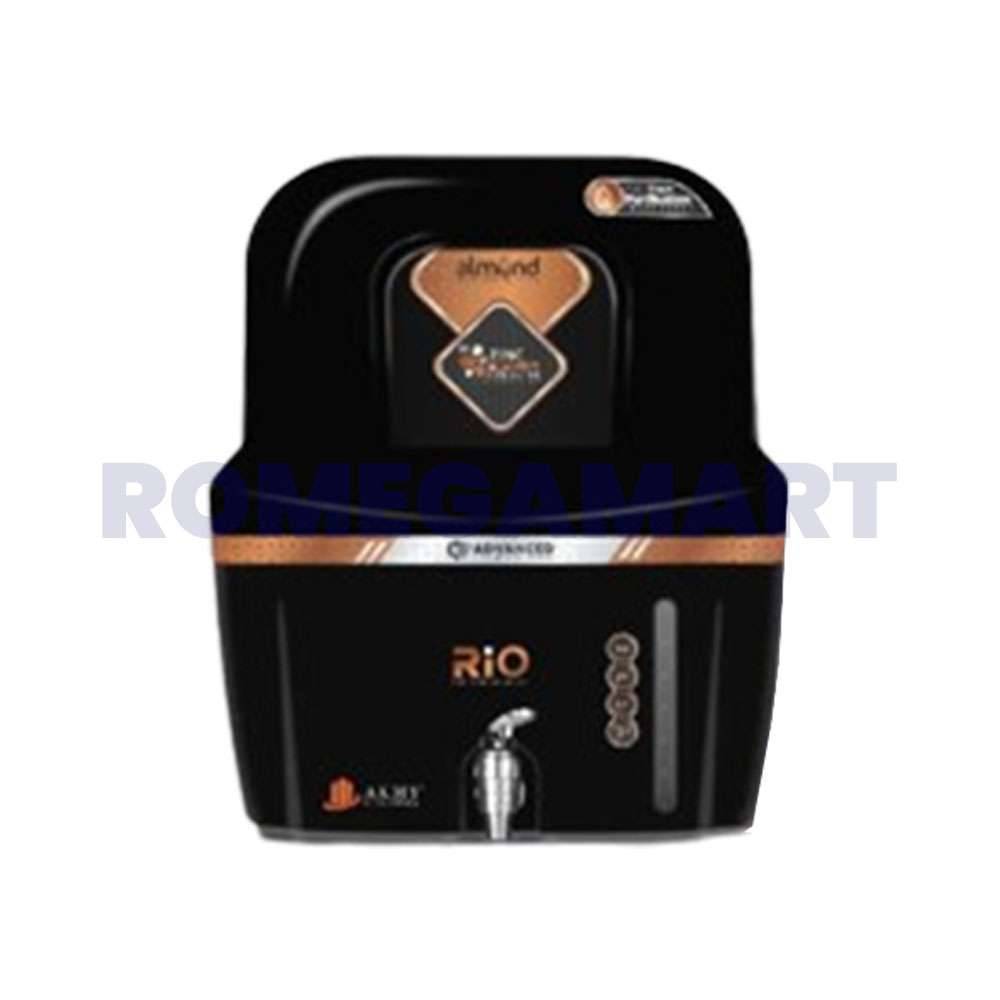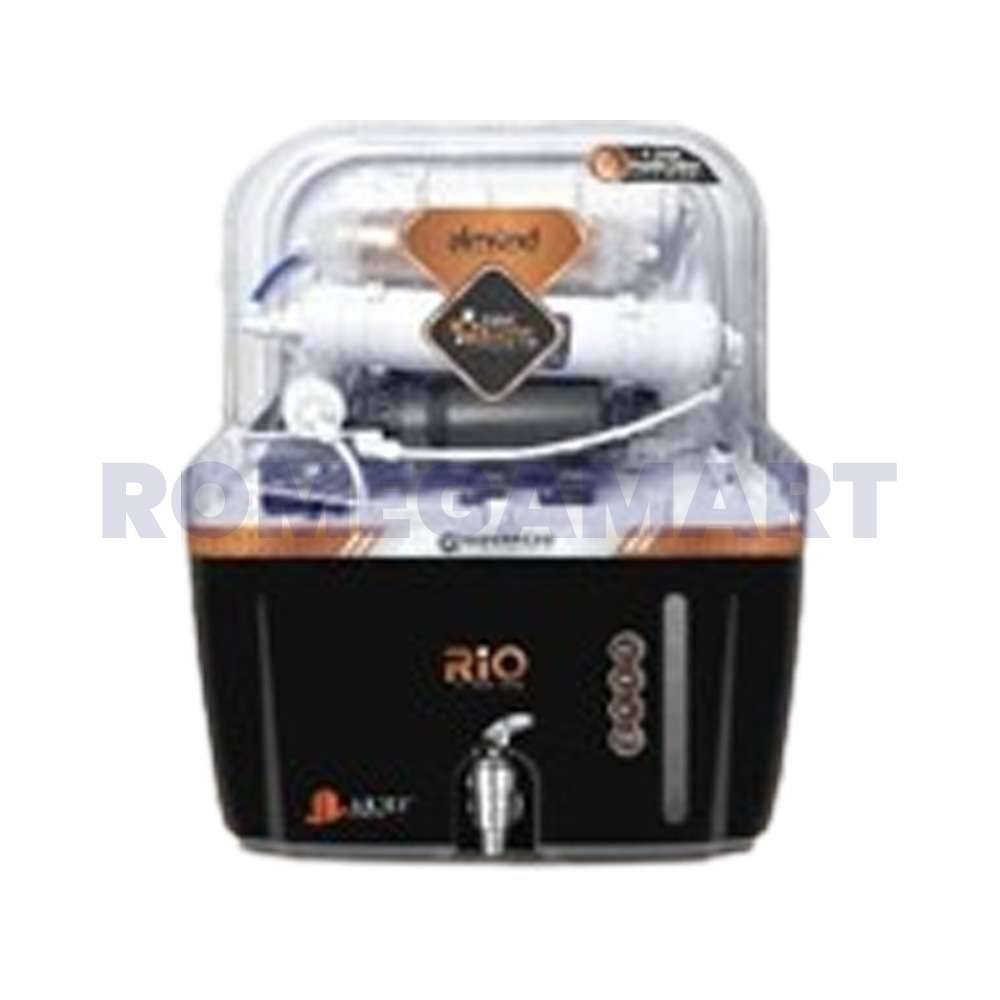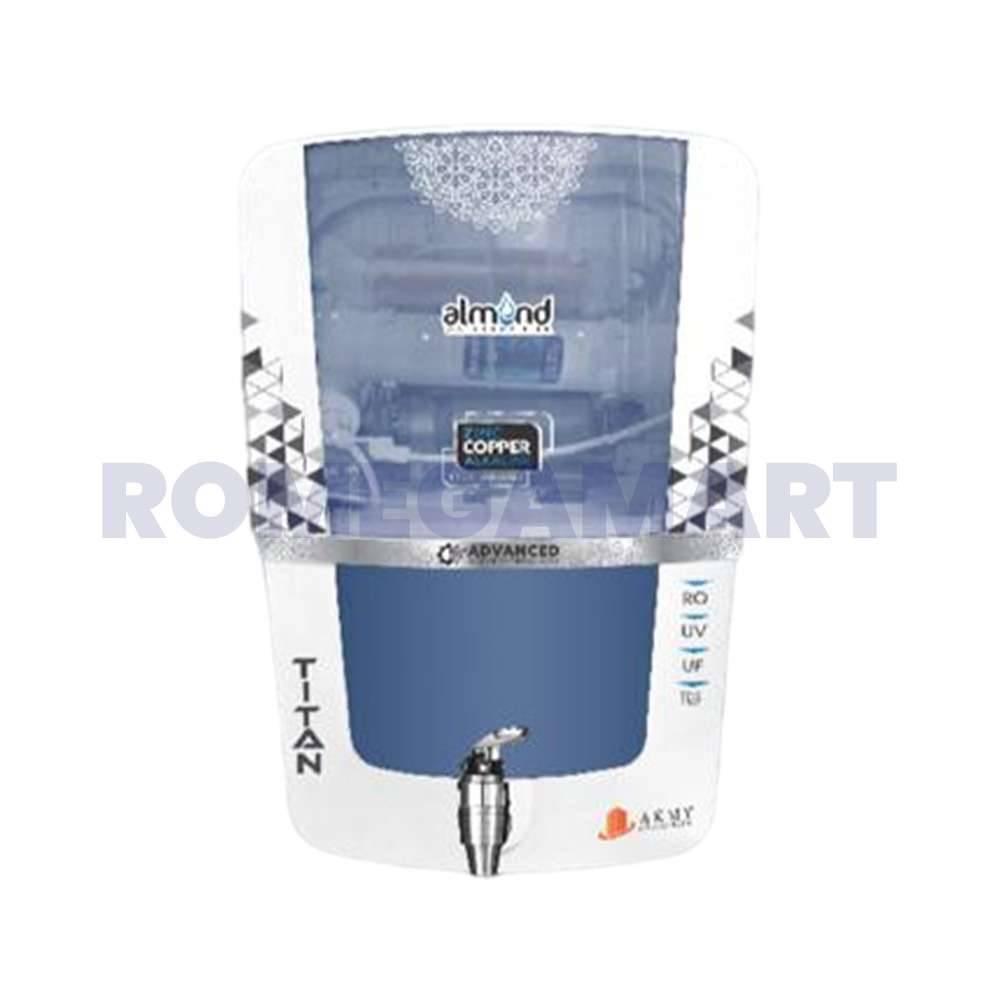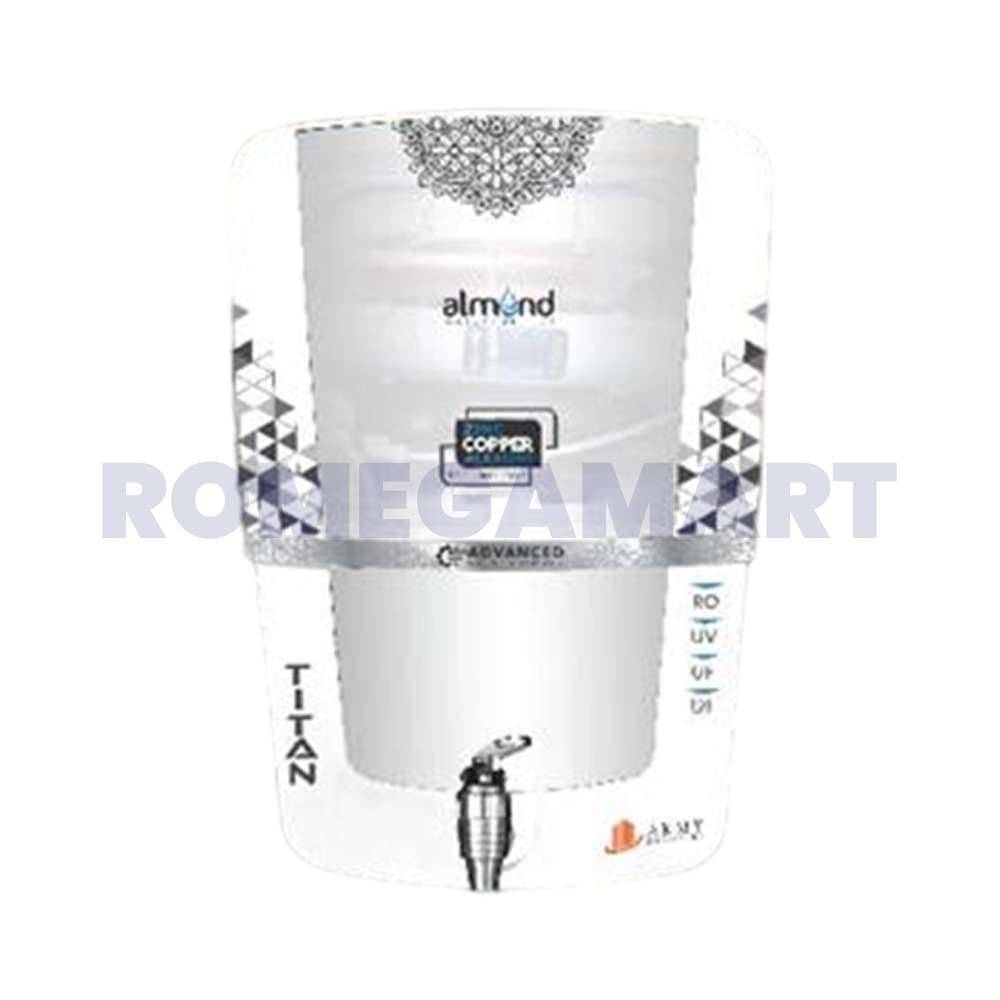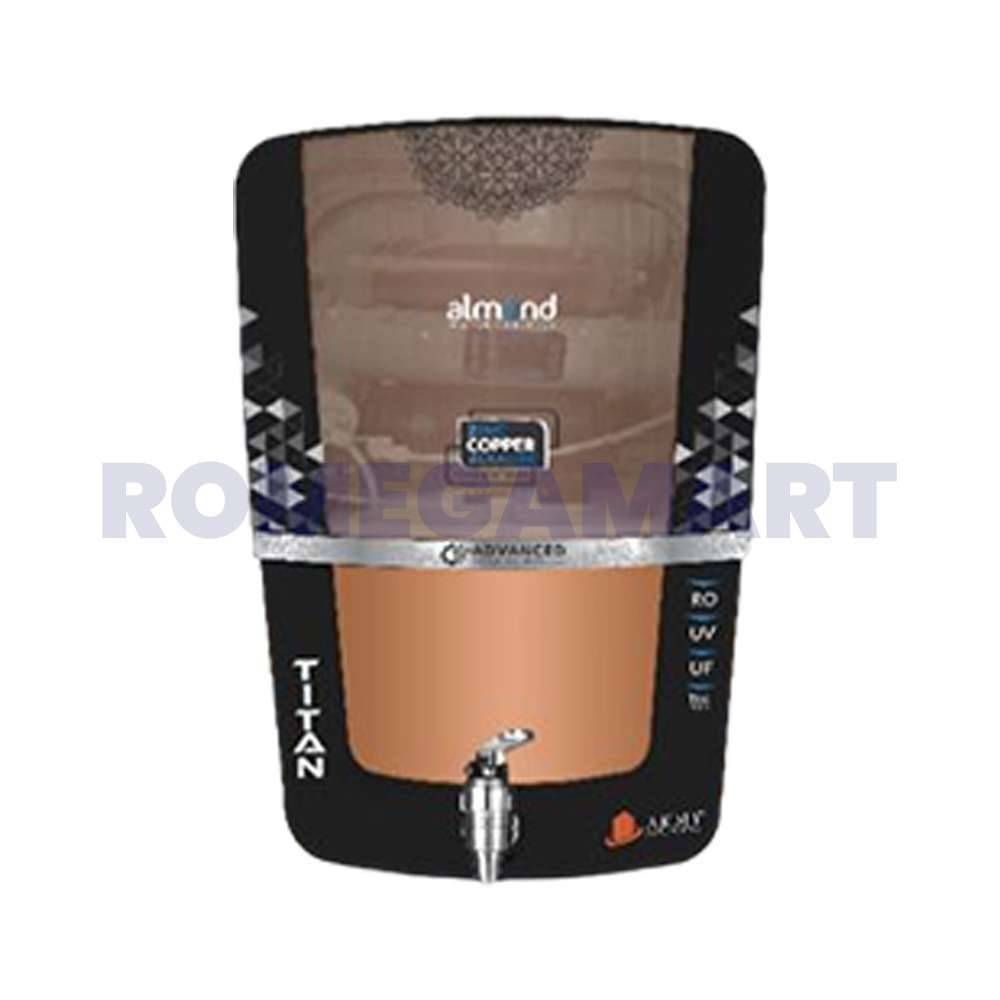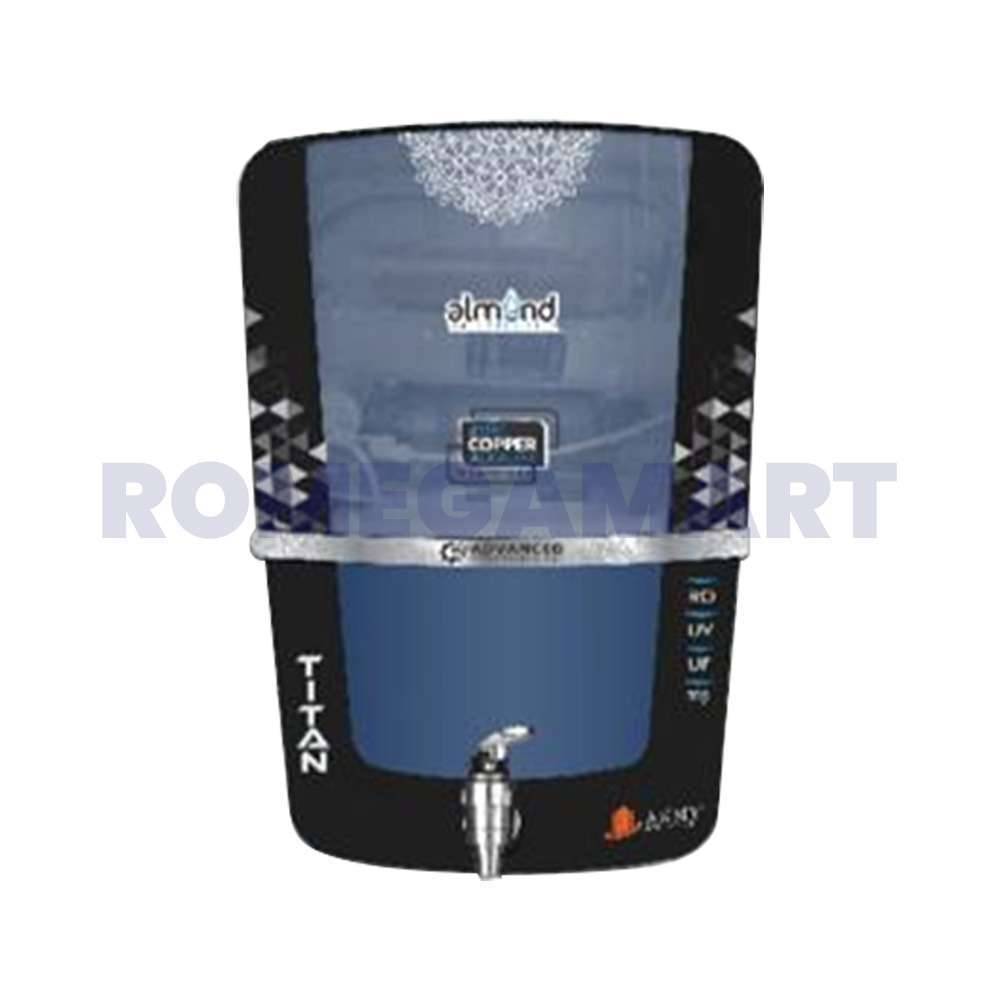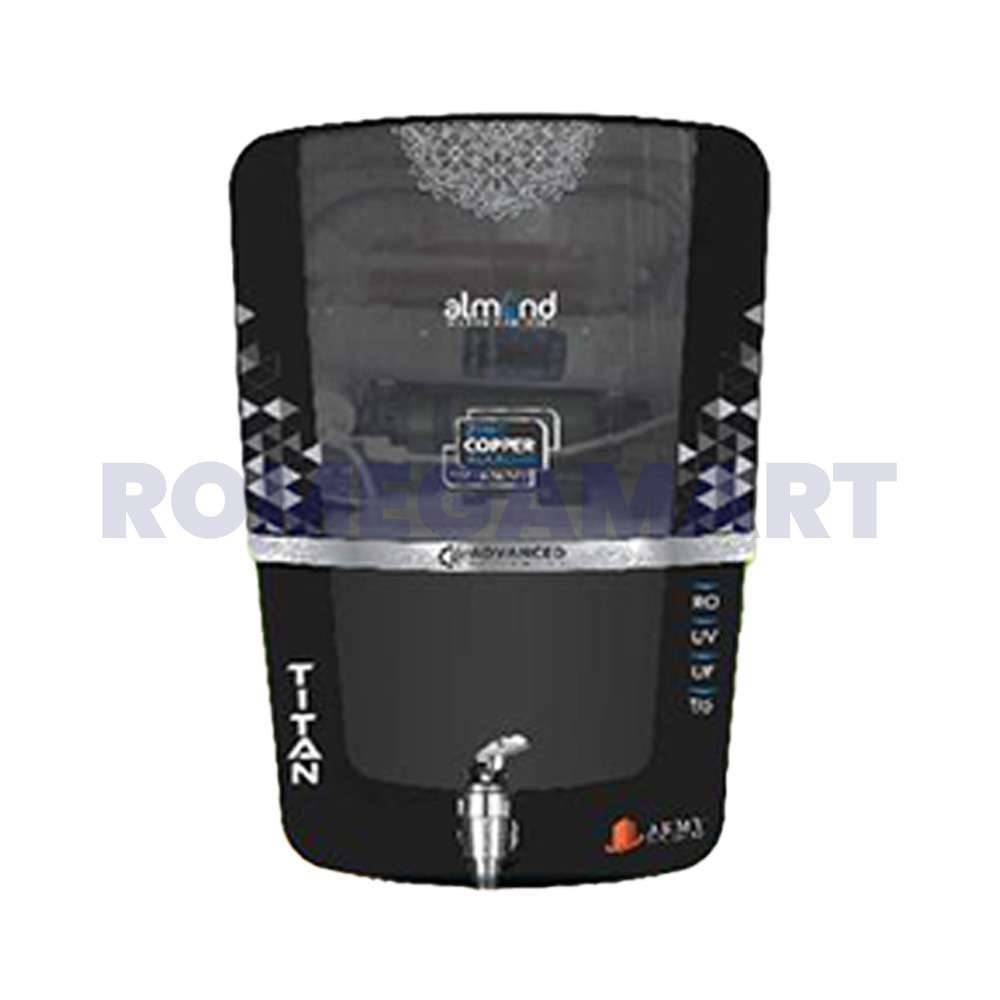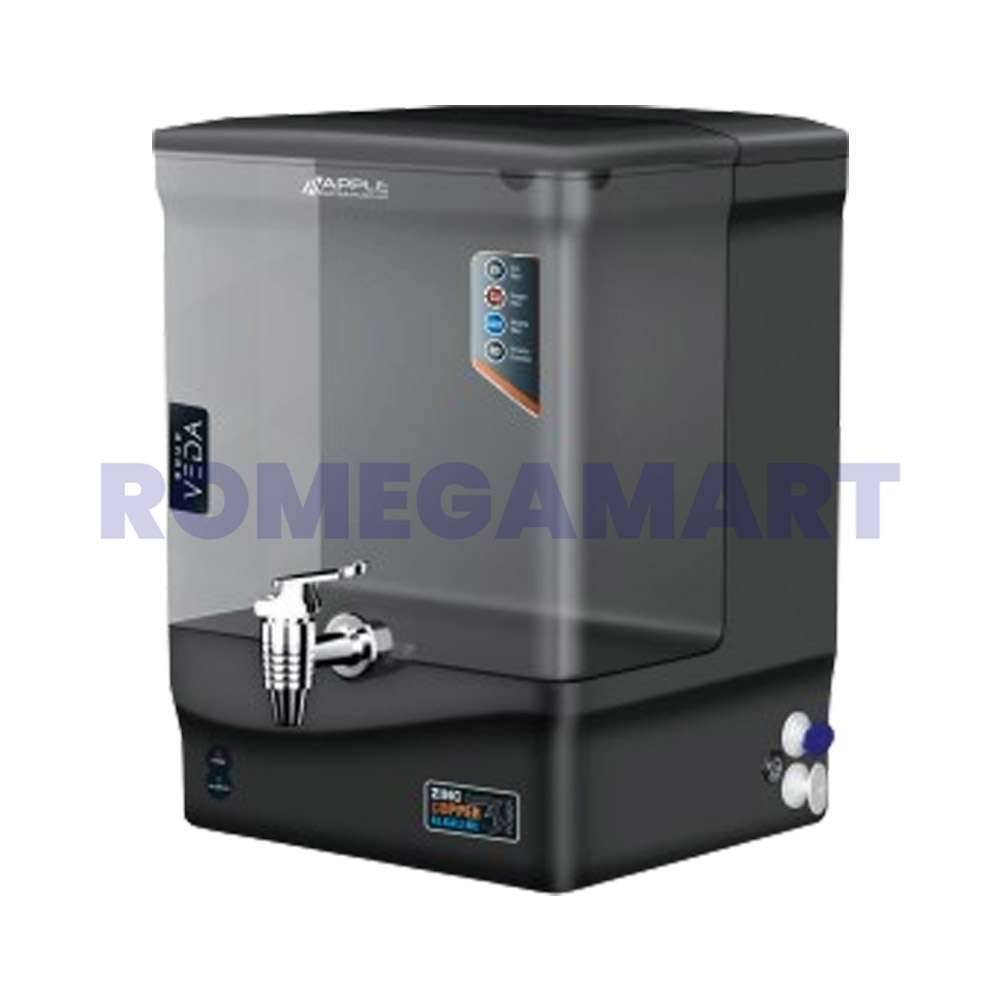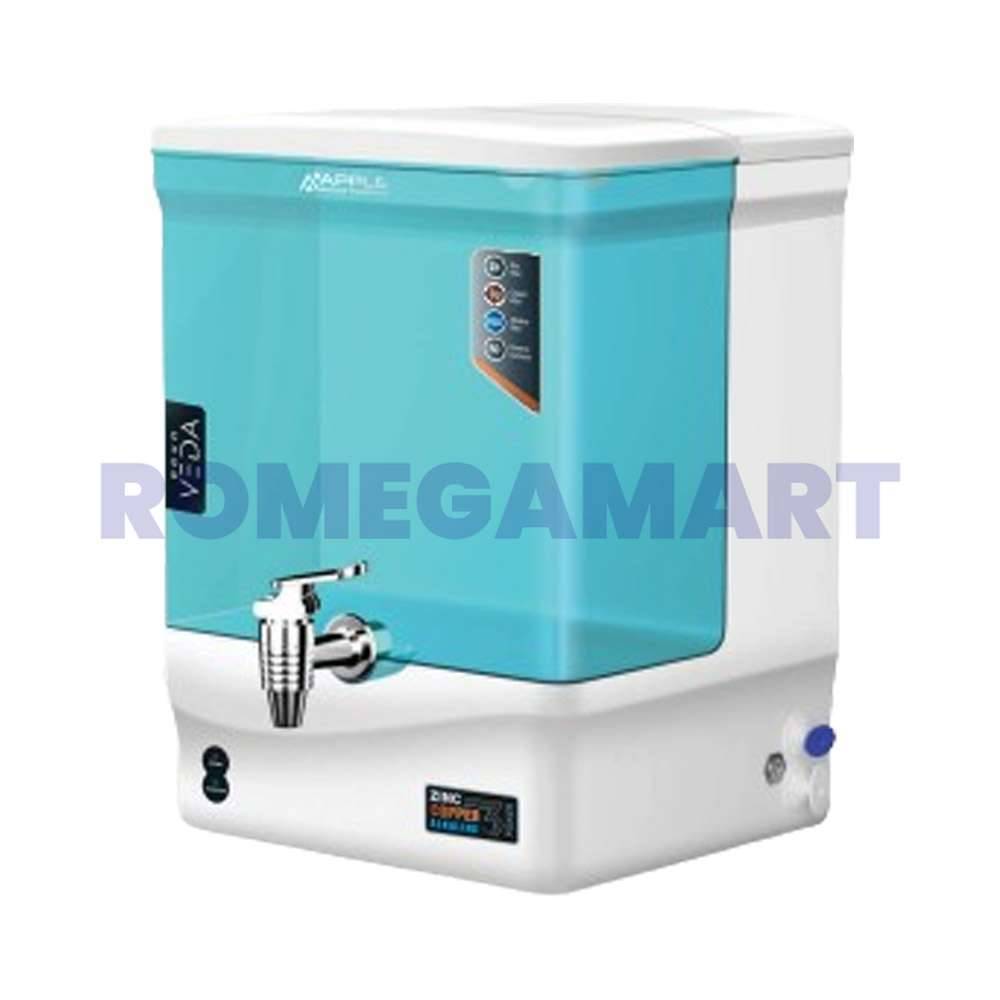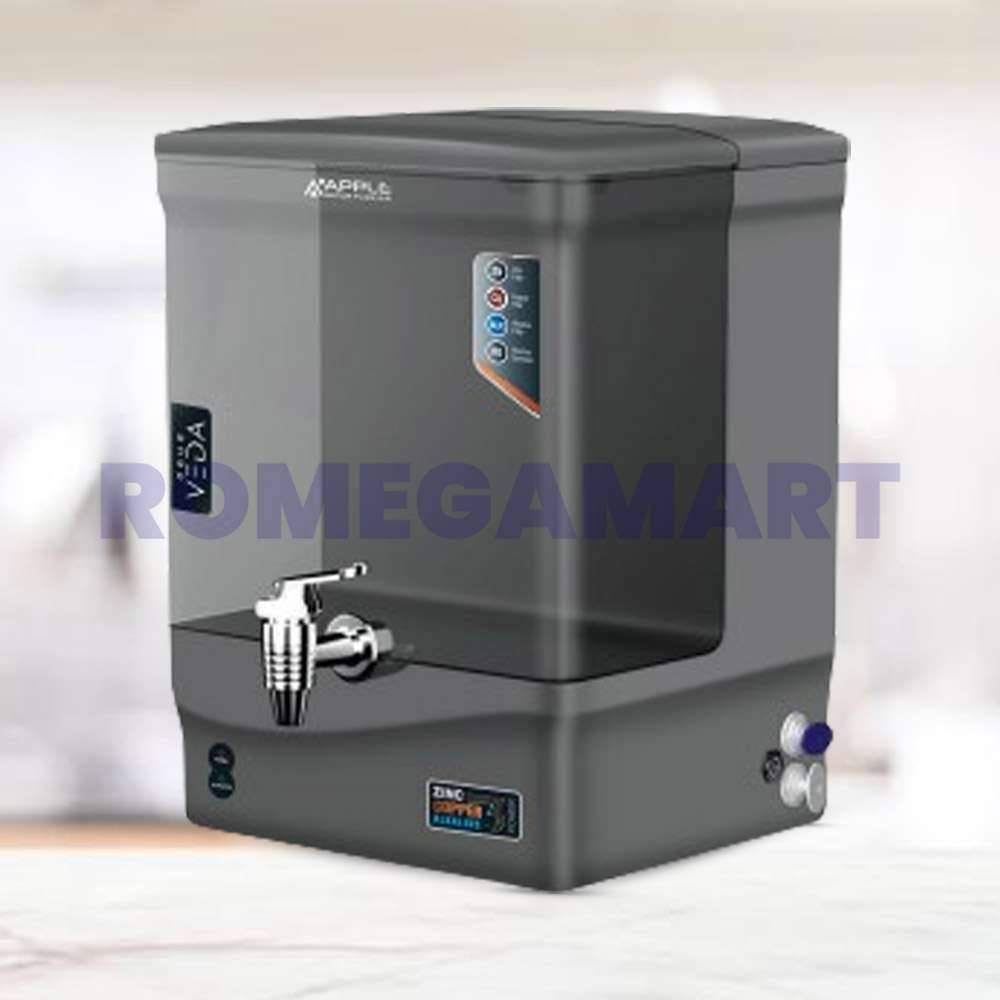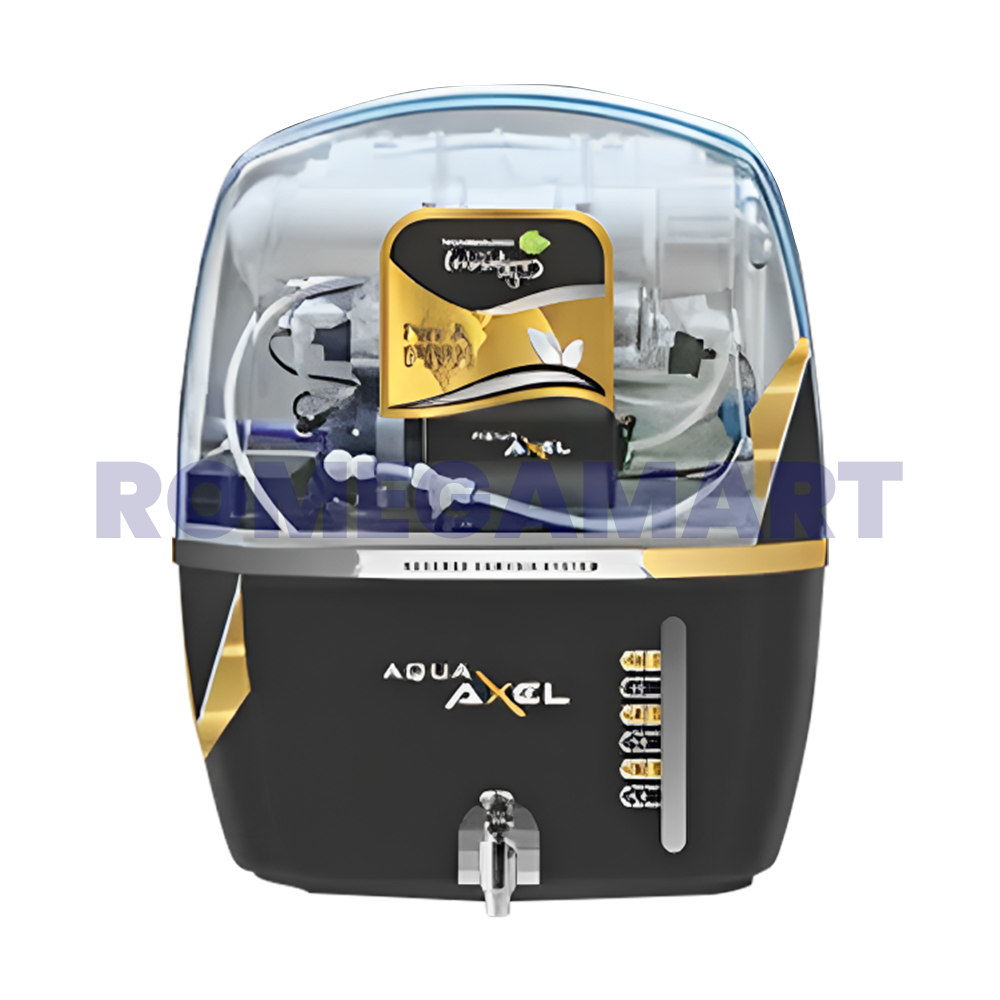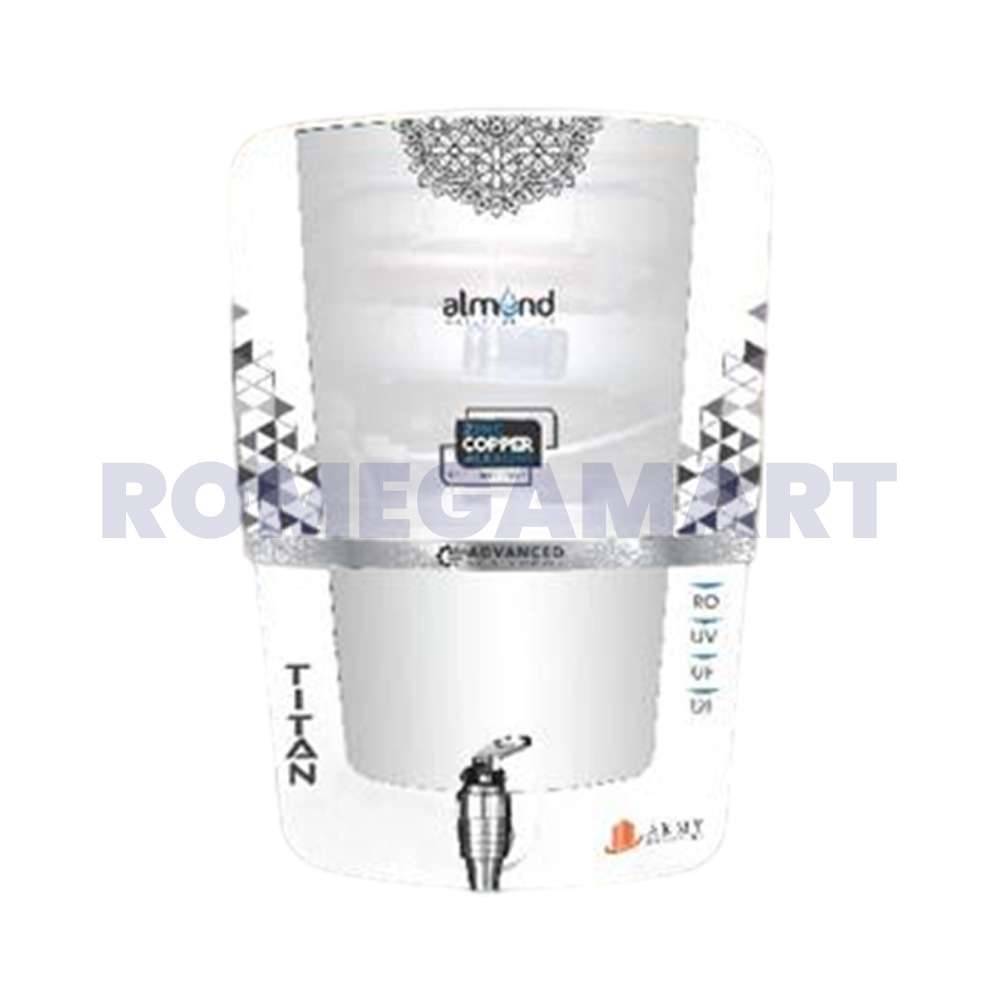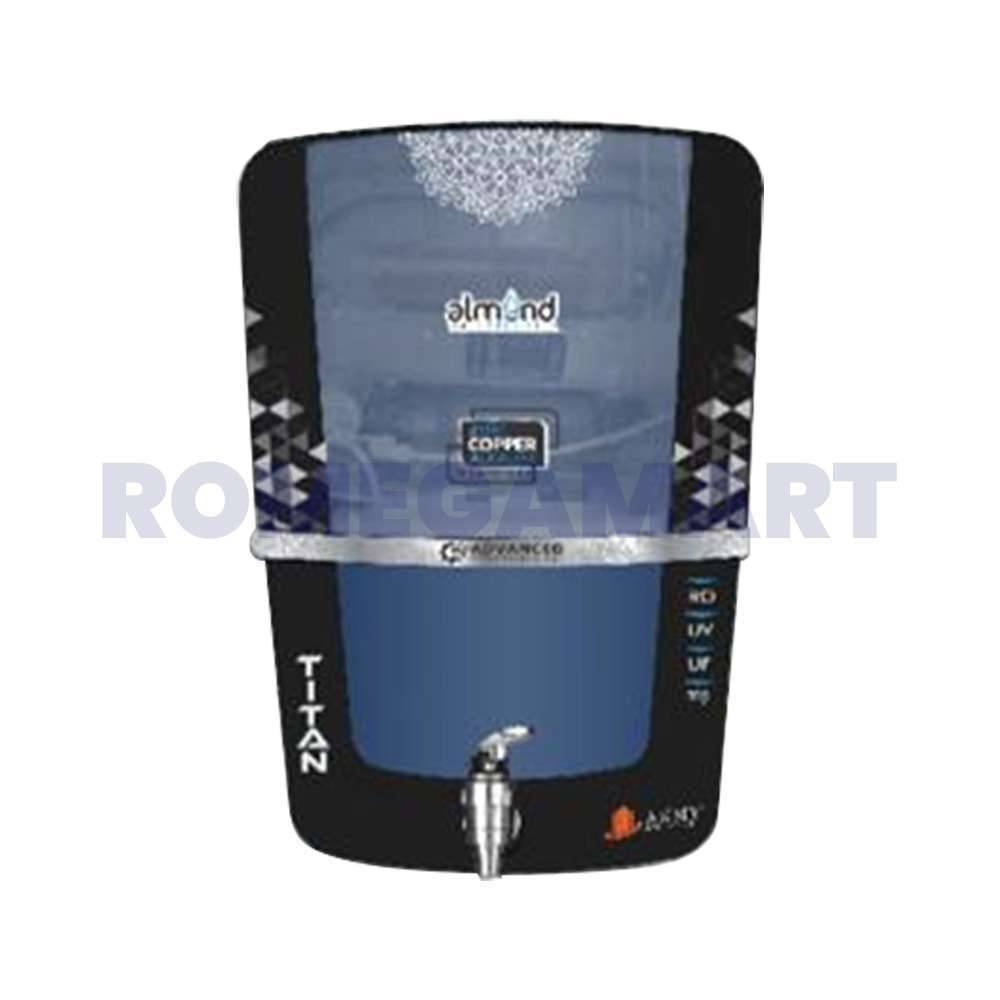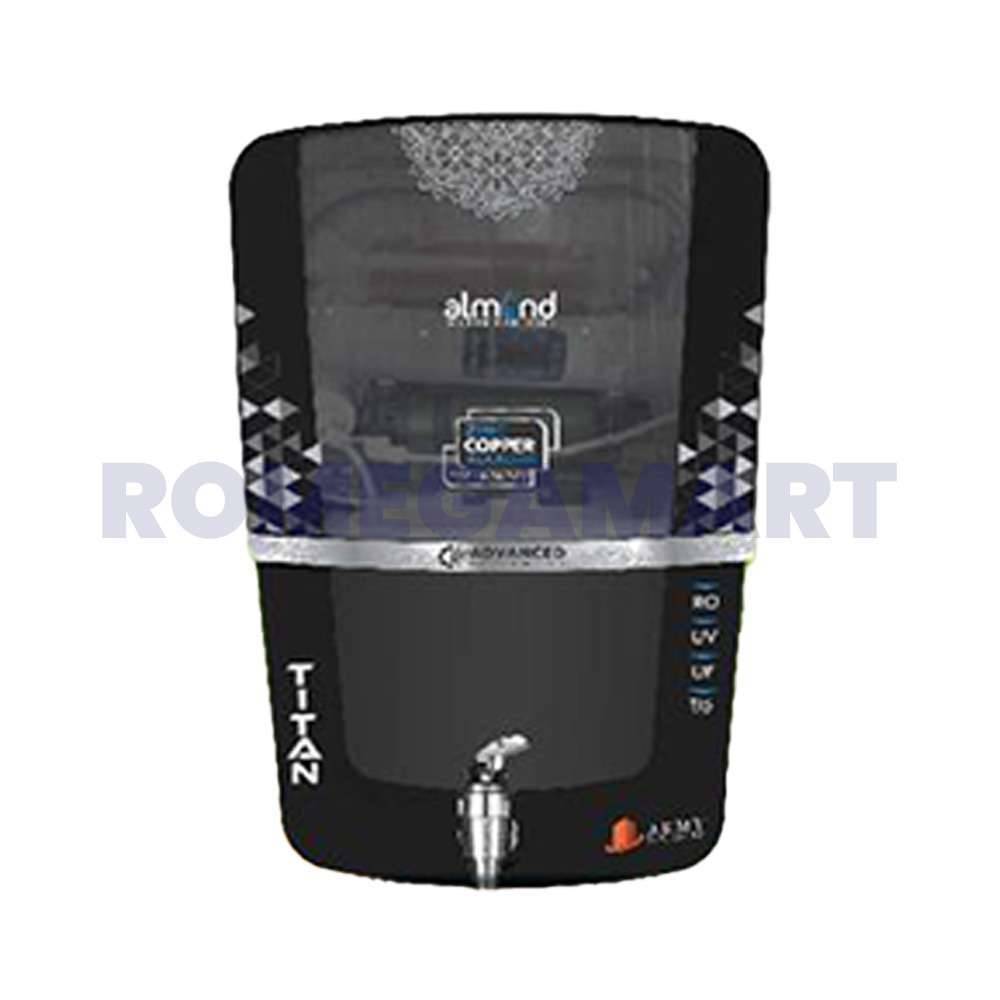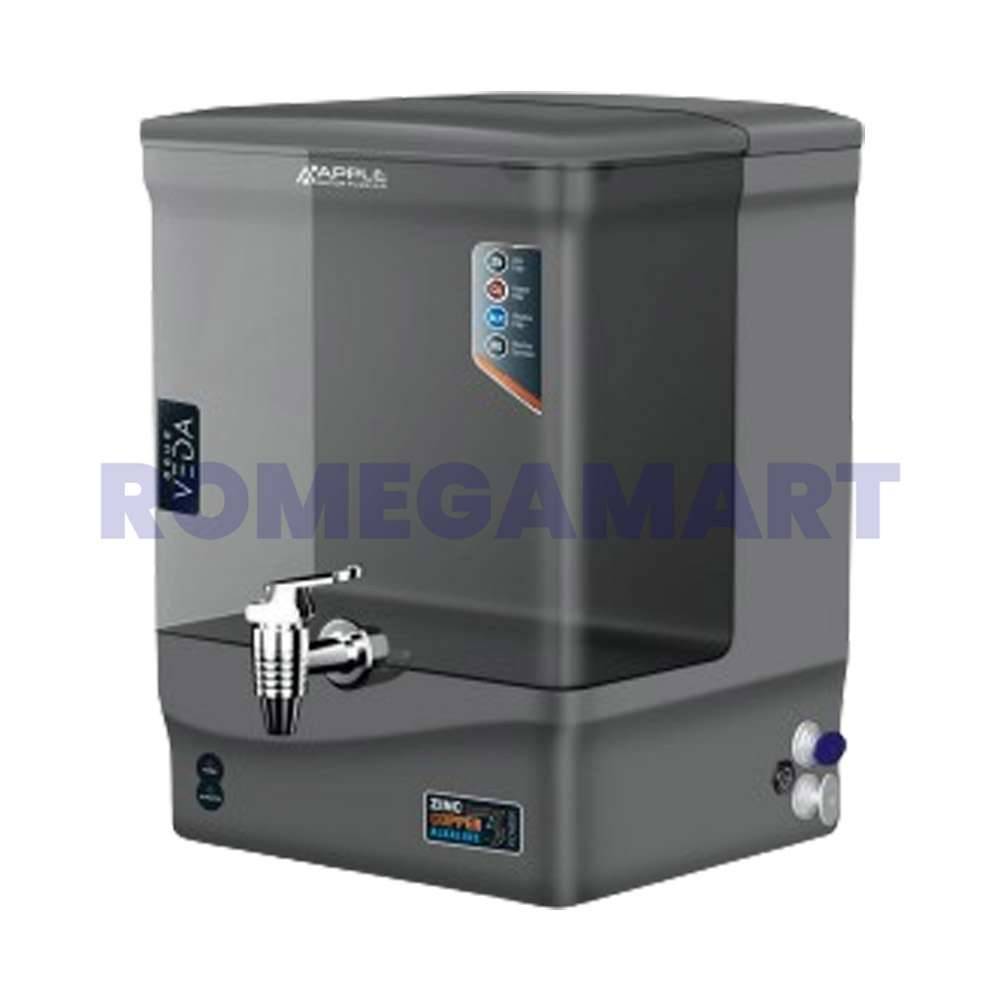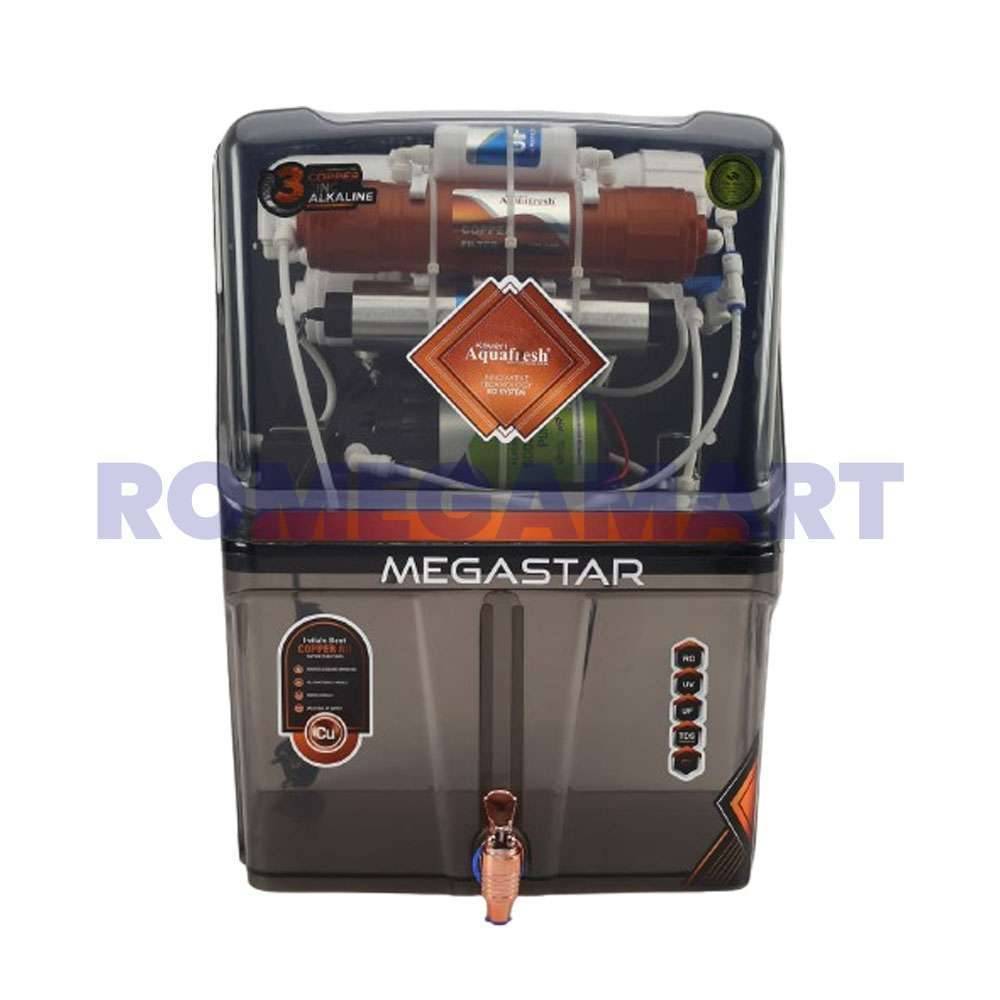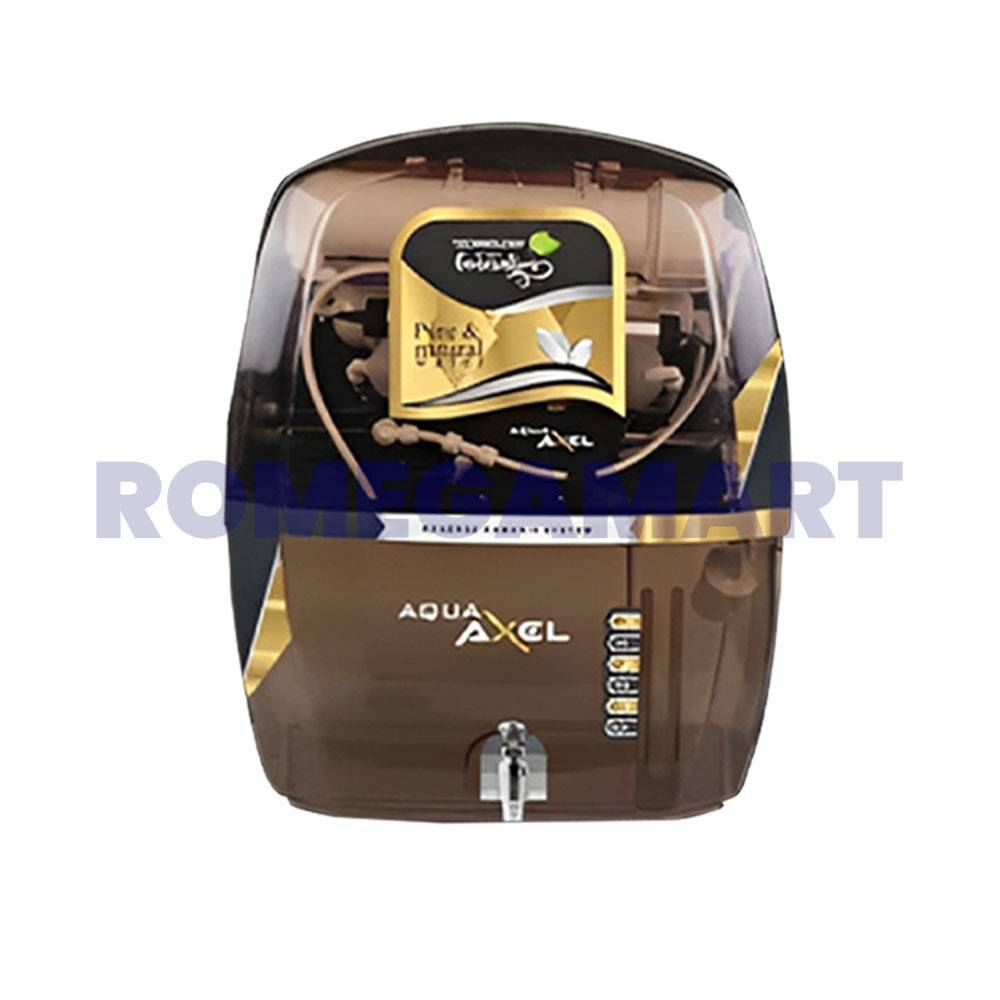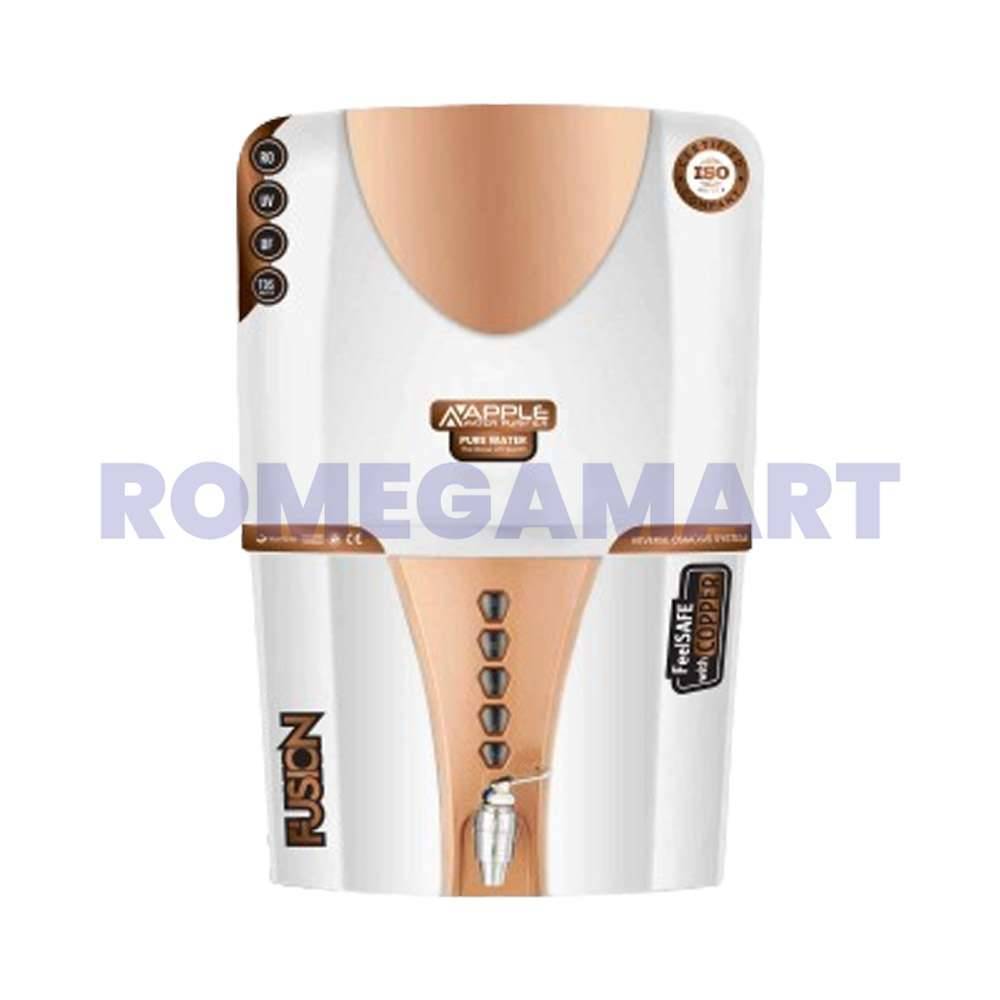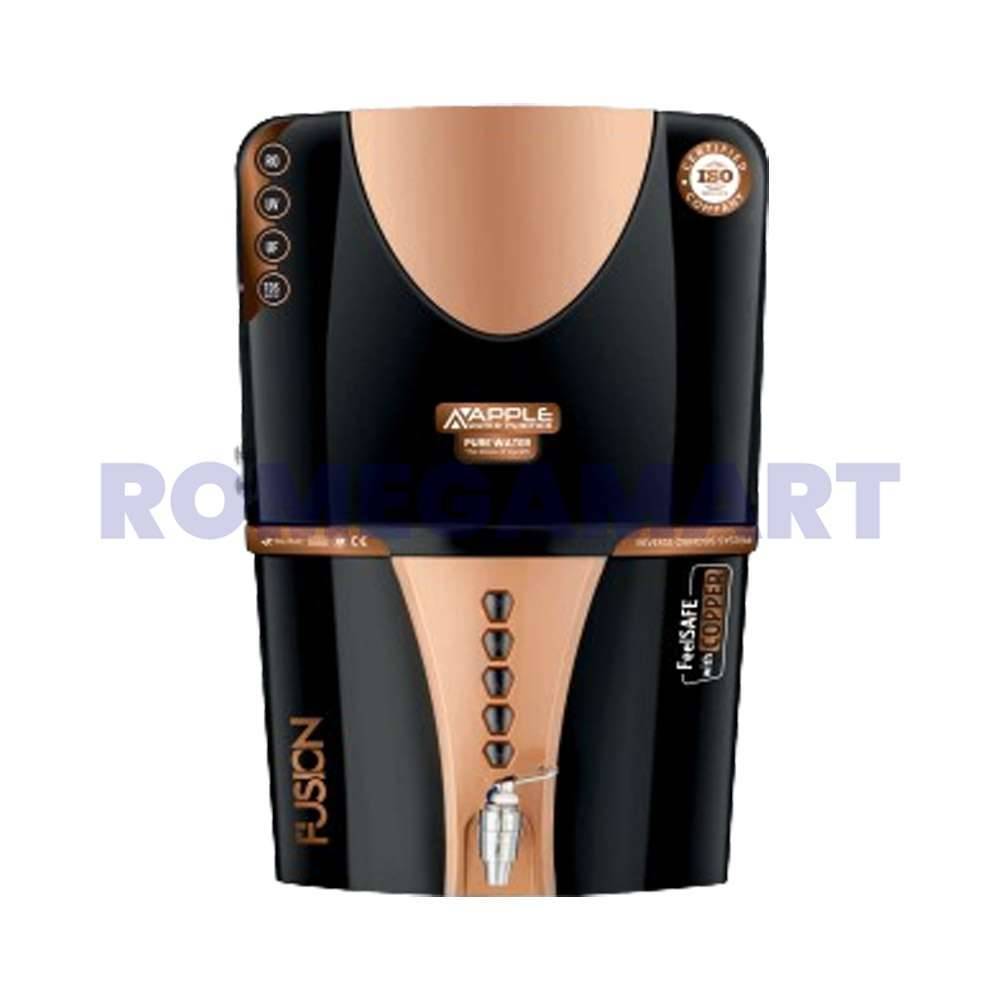Introduction to RO Water Purifiers
An RO Water Purifier has become a must-have for households where TDS levels are high or where tap water contains harmful dissolved impurities. The system forces water through a semipermeable membrane that removes contaminants at the molecular level. This blog helps you understand exactly why an RO water purifier is essential and how you can pick the right one without confusion.
The goal is to give you accurate information that improves your buying decision. Many people use water purifiers without understanding what they remove, how they work, and why maintenance is vital. You deserve clarity.
How RO Water Purification Works
Reverse Osmosis purification follows a detailed multistage process. Although each brand uses slightly different technology, the core system remains the same.
Here is the basic flow:
- Pre-sediment filter
Removes visible dirt, sand, rust, and physical particles. - Activated carbon filter
Absorbs chlorine, pesticides, chemicals, and odor. - RO membrane
The heart of the system. It removes heavy metals, dissolved solids, bacteria, viruses, and salts. - Post-carbon filter
Polishes the water for taste improvement. - UV or UF addition (in some models)
Targets microbiological impurities if needed.
Reverse Osmosis works when water passes through the membrane with controlled pressure. This membrane blocks contaminants while allowing only pure water molecules to pass through.
If your water has high TDS, this technology is not optional. It is essential.
Why You Need an RO Water Purifier for Your Home
Many regions in India face increasing water contamination due to aging pipelines, groundwater pollution, and industrial waste. The biggest advantage an RO Water Purifier for home gives you is peace of mind.
Here are the reasons it matters:
-
Removes dissolved impurities that boiling cannot eliminate
-
Provides consistent taste regardless of source water changes
-
Reduces hardness that damages appliances
-
Offers microbiological protection when combined with UV
-
Protects children and elders with sensitive immunity
If you want to explore trusted purifier systems, you can check:
Domestic RO Systems: https://roservice.romegamart.com/product/domestic-systems/
Water Purifiers Category: https://roservice.romegamart.com/product/domestic-systems/water-purifiers/
Key Features of the Best RO Water Purifier
If you want the best RO Water Purifier for your home, look for these essential features. These determine how effective the machine will be.
1. High-quality RO membrane
A durable membrane controls rejection percentage. High-quality ones remove more contaminants.
2. TDS controller or Mineralizer
This feature adjusts mineral levels after purification so the water remains healthy.
3. Multi-stage purification
A combination of RO, UV, UF, and carbon layers increases purity.
4. Storage tank capacity
Choose 7 to 10 liters if your family is large or your water supply is inconsistent.
5. Smart indicators
Notifications for low pressure, tank full, or filter replacement make maintenance easier.
6. Energy efficient design
Look for purifiers that produce less wastewater through advanced RO recovery systems.
Benefits of Using an RO Water Purifier
The RO Water Purifier benefits extend beyond clean water. It delivers long-term health safety and convenience.
Major advantages include:
-
Effective removal of bacteria, viruses, and protozoa
-
Reduction of harmful dissolved salts such as arsenic, lead, fluorides, and nitrates
-
Improved taste due to removal of bitterness
-
Reduced scale formation on kettles and appliances
-
Better digestion and hydration
-
Safe drinking water for babies
-
Reduced dependence on packaged water
Clean water is the simplest step toward a healthier home.
RO vs UV vs UF: Which Is Better for You
Every water purification technology has strengths. You should choose based on your water source.
RO (Reverse Osmosis)
Best for high TDS areas. Removes dissolved solids and heavy metals.
UV (Ultraviolet)
Great for biologically contaminated water. Does not remove dissolved solids.
UF (Ultrafiltration)
Works without electricity. Removes large impurities but not chemicals.
Final recommendation
If your TDS is above 300 ppm, you need RO.
If TDS is below 300 ppm but water is muddy or has smell, use UV or UF.
For quick browsing:
Water Purifiers category: https://roservice.romegamart.com/product/domestic-systems/water-purifiers/
How to Choose the Right RO Water Purifier
Follow these steps to make a smart choice.
1. Test your TDS
You can use a digital TDS meter. This is the starting point.
2. Check purification stages
Choose at least a 5 to 7 stage system.
3. Confirm your water pressure
Low pressure may need a booster pump.
4. Decide on storage capacity
More members require bigger tanks.
5. Evaluate maintenance cost
Always compare filter replacement costs.
6. Consider branded membranes
They last longer and deliver higher purity.
7. Compare warranty and service network
A good purifier is only as reliable as its service.
Common Myths About RO Water Purifiers
People often misunderstand RO systems. Clearing these myths will help you make an informed decision.
Myth 1: RO removes essential minerals
Fact: Good RO systems use mineralizers that restore healthy minerals.
Myth 2: RO wastes too much water
Fact: New generation RO systems reduce wastage through recovery technology.
Myth 3: RO water is not good for health
Fact: RO water is healthier than contaminated groundwater and safe for all ages.
Myth 4: RO is needed only in cities
Fact: Rural groundwater often contains high fluoride and hardness, which RO can remove.
Myth 5: Boiling water is enough
Fact: Boiling kills microbes, but cannot remove chemicals or dissolved salts.
Maintenance Tips for Long-Lasting Performance
You can extend the life of your purifier by following these straightforward habits.
-
Replace filters on time
-
Check water pressure regularly
-
Clean storage tank every few months
-
Use original replacement parts
-
Schedule periodic servicing
-
Keep purifier away from direct sunlight
-
Check for leakage in inlet pipes
Maintenance is not difficult. It just requires consistency.
Top Mistakes to Avoid When Buying an RO Purifier
Avoiding these mistakes will save you money and frustration.
-
Buying without testing TDS
-
Choosing based on price alone
-
Ignoring annual maintenance cost
-
Overlooking storage capacity
-
Selecting non-branded or non-certified filters
-
Placing purifier in a hot environment
-
Not checking service availability in your city
Your purifier should fit your needs, not your neighbor’s.
FAQs on RO Water Purifiers
1. How often should I change RO filters?
Typically every 6 to 12 months depending on usage and TDS level.
2. Is RO water safe for kids?
Yes, RO water is often safer because it removes contaminants that may affect children.
3. Can RO run without electricity?
No. RO requires electricity to generate pressure.
4. Does RO increase water taste?
Yes. Removal of dissolved solids results in cleaner taste.
5. What is the ideal TDS for drinking water?
150 to 300 ppm is considered ideal for most households.
Final Thoughts and Call to Action
A clean water supply protects your family from long-term health issues. An RO Water Purifier gives you consistent water purity that boiling or UV alone cannot achieve. If your water has high TDS or contains dissolved contaminants, RO is the correct choice for your home.
You can explore top models here:
Domestic Systems: https://roservice.romegamart.com/product/domestic-systems/
Water Purifiers: https://roservice.romegamart.com/product/domestic-systems/water-purifiers
Check This Also: Best RO Water Purifier for Home: Features, Benefits, and Top Brands


